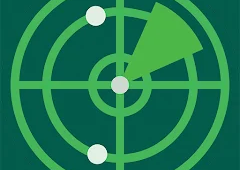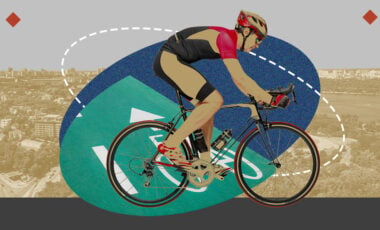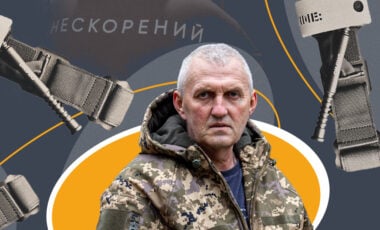Solutions to win: Ukraine creates advanced AI to control fleet of 100 drones

Photo: Illustrative / Root-nation.com
Ukraine is currently developing artificial intelligence systems to assist in managing its vast fleet of unmanned aerial vehicles.
Reuters reports this.
As mentioned, Ukraine desires to redirect the fighting to other territories by doing the following:
- utilizing the front line to combat the growing interference from the Russians,
- allowing for the use of unmanned aerial vehicles in larger clusters.
In Ukraine, the development of drones equipped with artificial intelligence is categorized into:
- visual systems for target detection and drone guidance;
- terrain mapping for navigation purposes;
- more sophisticated programs that enable drones to operate in interconnected "swarms."
As one of the developers said, their software connects drones to a network. The entire group can make action decisions instantaneously, with a human only stepping in to give the green light to automated strikes.
While human pilots struggle to manage operations with more than five drones, artificial intelligence can handle hundreds.
Another system will allow the control of a network of surveillance and attack drones, both large and small, in the air and on the ground. Each drone will be able to plan its own actions and predict the behavior of others in the swarm.
Such automation will not only allow for the expansion of the scale of operations but also help protect drone pilots who operate near the front line and are a priority target for enemy fire.
Some long-range Ukrainian drone strikes have already utilized AI technology. They were directed at military facilities and oil refineries located hundreds of kilometers away in Russian territory.
According to the agency's source, a swarm of about 20 drones is sometimes involved in the attacks.
The central drones fly to the target, and the others disable or distract air defenses along the way. To do this, they use a type of human-supervised artificial intelligence that helps identify targets or threats and plan possible routes.
Additionally, AI drones can excel when electronic warfare systems are employed, interfering with communication between pilots and drones. As a result, FPV drones have experienced a notable decrease in hit accuracy due to heightened obstructions.
However, AI-controlled FPV drones can achieve a hit rate of about 80%. If the pilot's contact with the drone is interrupted, he can no longer control it, and the device either falls to the ground or continues its flight.
Automating the final part of the drone's flight to the target means that it no longer needs a pilot—thus, the effect of EW jamming is nullified. Artificial intelligence drones have been in development for years but were considered expensive and experimental until now.
It is worth noting that Ukraine is one of the world leaders in developing and testing new technological solutions on the battlefield, particularly in using artificial intelligence in unmanned systems.
For reference:
A collaborative project between the Ministry of Defense and the Ground Forces of Ukraine called Drone Force is ongoing in Lviv at the Ukrainian Army Recruitment Center from July 16 to 19. As part of the program, individuals can take simulator tests, learn about aircraft, training, and service, and potentially join unmanned systems units.





















































